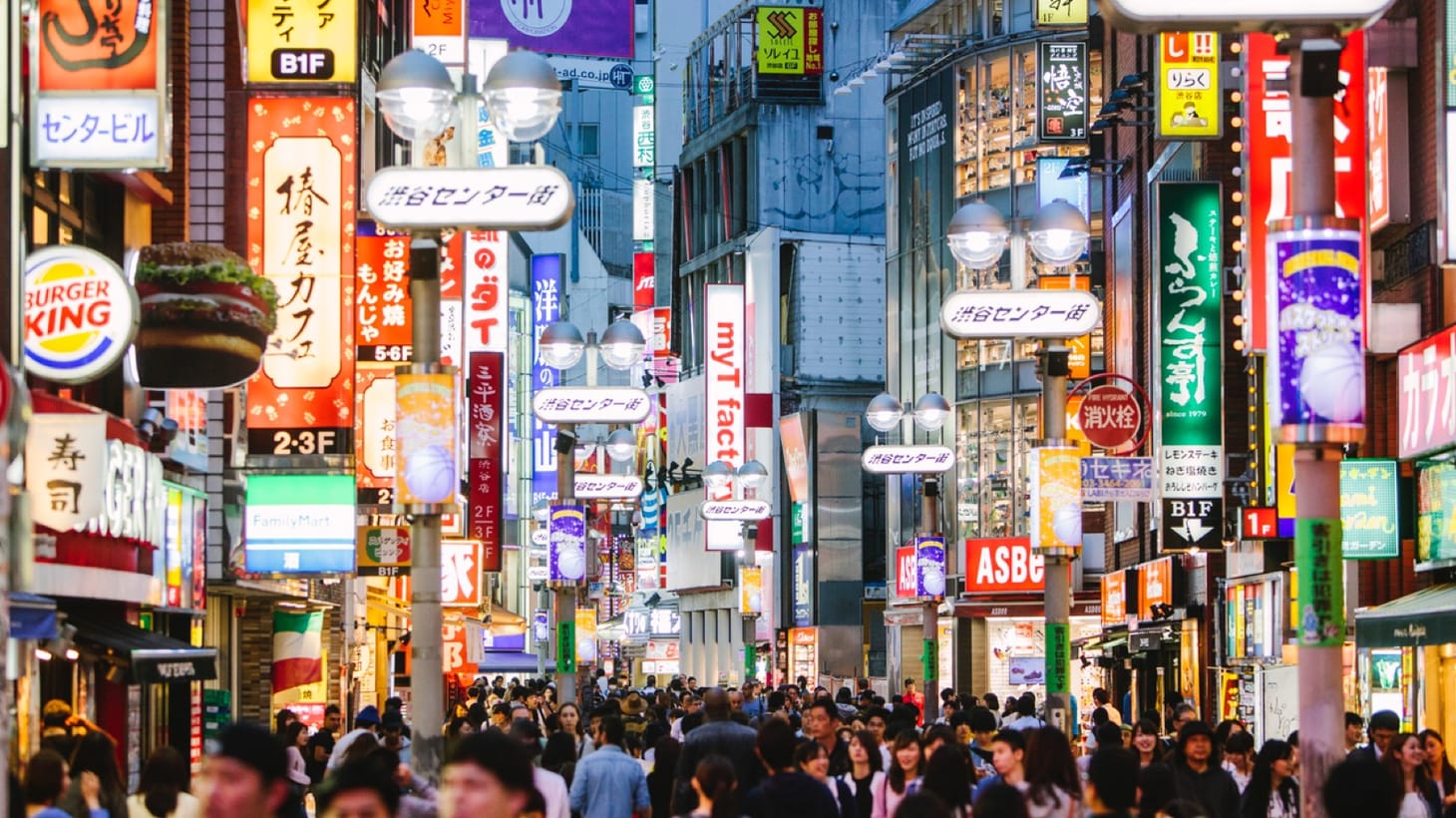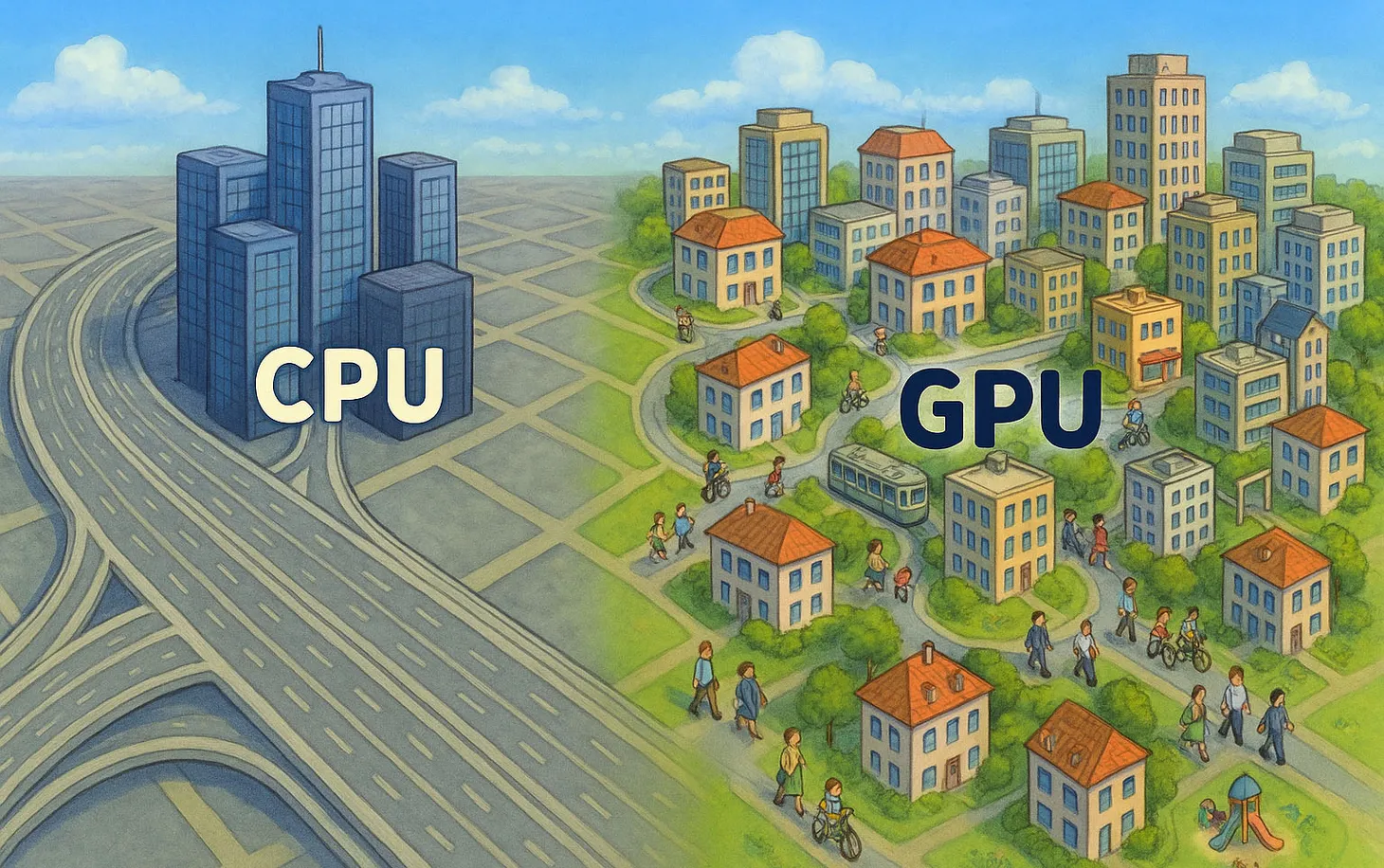Future of Real Estate? Look to Japan
The way people live, work, and rest in the Land of the Rising Sun provides an interesting perspective on the evolution of other markets.


Many of the most common behaviors of the information age started as Japanese "quirks" and gradually expanded to the West. These include using mobile phones for texting instead of calling, using mobile web browsers, taking selfies, sharing photos of one's lunch or latest purchase, listening to music from a small mobile device, eating instant noodles, riding super-fast trains and hybrid cars, interacting with voice-activated machines, and running around the city chasing virtual animals.
When it comes to social and economic indicators, Japan is further along the curve for many of the trends that will shape the 21st Century: 93% of its residents live in cities, and a large percentage of them are single; The country has the highest percentage of population over 65, the highest life expectancy at birth, among the world's lowest fertility rates, and many of its young people are virgins or have given up sex altogether; Japan has the highest government debt per capita; and is a world leader in using mobile payments (and cash, but not credit cards).
When it comes to real estate, ideas that are just starting to bloom in the West have already been pushed to their logical conclusion in Japan. Below are a few that are worth noting.
Modular Construction
Japan's construction industry is significantly more efficient and productive than the US or the UK. Modular and factory-made components comprise a significant portion of housing construction, and the industry includes a few very large manufacturers that each built millions of houses. Despite operating in a much smaller market, these residential construction companies tend to be considerably larger than their US counterparts. Most Japanese houses are built — figuratively and literally — on the assumption that they should last for no more than 30 years.
Alone Together
Japan's homeownership rate is among the lowest in the world and is in decline for those aged 20–39. A growing number of Japanese remain unmarried into their 40s and 50s, and since childbirth outside of marriage is uncommon, the impact on overall fertility is dramatic. The result is a large number of single, childless people living as perpetual renters in large cities.
A society of lonely adults in a big, expensive city gave rise to Japanese Share Houses, bringing together adults who wish to share an apartment in order to be part of a community, save money, and have access to better amenities. The typical Share House is an upgrade compared to traditional roommate arrangements and is more organic than corporate-powered coliving.
Low fertility also drives the growth in adult adoptions — formally adopting male heirs that can take over a family business and carry the family name forward. Incredibly, 98% of Japanese adoptions are of adult men.
Space as a Service
The average Japanese house is already half the size of an American one. But when it comes to hospitality or commercial space, things get more extreme. Some of Japan's capsule hotels have rates based on specific uses, such as a short nap, a shower, a night's sleep, or a full day. The country is also home to thousands of "Net Cafes" that charge by the minute and provide seating, wifi, and sometimes even showers. These cafes are so useful and affordable that some people actually live in them.
Beyond their unique design and uses, what is most interesting about these concepts is their focus on the customer's job to be done — allowing people to receive precisely what they need when they need it and pay only for clear and direct value.
Environmental Impact
Japan generates less garbage per capita than any of the large developed countries. It has an elaborate and efficient recycling industry, and its fast food and drink industry relies heavily on PET bottles that allow a reuse rate of close to 90%. Trash cans are often hard to find as people are expected to take their own garbage with them — a great incentive to generate less waste. Beyond large government initiatives, the country is full of smart little tweaks that help save water and paper.
Japan's largest cities have the world's best public transport systems and cleanest taxis, but cycling is more popular than ~ever. 85% of Tokyo residents own a bicycle, and 16% of all trips are made by bicycle. This is despite having almost no designated bike lanes and a corporate ban against cycling to work.
Folding Space
Japanese retail and restaurants often have tiny floor plates spread along multistory buildings. Signage design standards make it easy to discover what's inside every building in sight. This means that the sign's location becomes more important than the location of the space it points to (as long as the space is close enough to the sign).
This abstracted notion of visibility was pushed one step further with the rise of apps that list and recommend local businesses — with a growing amount of pedestrian traffic directed by online media, not traditional physical discovery. As a result, upper floors are becoming more valuable, and — with the right digital strategy— even more valuable than street-level retail.
Once inside the venue, digital sales aides, touch-screen menus, or all-robot staff help make better use of space and reduce operating costs (which leaves a higher margin to be dedicated to rent). Meanwhile, a plethora of vending machines makes retail space redundant by offering anything from clothes, fruits, and umbrellas to hot coffee, cooked hamburgers, and home-cooked meals.
Value Beyond Buildings
But the most interesting thing about Japan's leading commercial real estate companies is that some of them are not real estate companies at all. The country's transportation companies are also among its leading commercial real estate operators, and some have a strong presence in online commerce and cashless payments.
This integration of technology, real assets, and creative capabilities originated in the 19th Century but is becoming even more critical in the 21st Century.
And more…
This list is not exhaustive but instructive on how social and technological changes will shape markets elsewhere. Each country and city has its path, but the Japanese experience can serve as an indication. And an inspiration.
Are any of these approaches relevant to your city? Have you seen other peculiar approaches elsewhere that others can learn from? Let me know in the comments below.
Dror Poleg Newsletter
Join the newsletter to receive the latest updates in your inbox.




